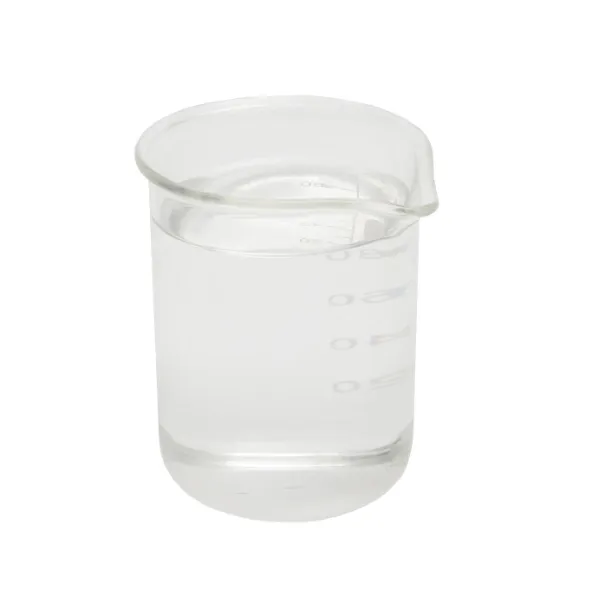Warning: Undefined array key "title" in /home/www/wwwroot/HTML/www.exportstart.com/wp-content/themes/1198/header.php on line 6
Warning: Undefined array key "file" in /home/www/wwwroot/HTML/www.exportstart.com/wp-content/themes/1198/header.php on line 7
Warning: Undefined array key "title" in /home/www/wwwroot/HTML/www.exportstart.com/wp-content/themes/1198/header.php on line 7
Warning: Undefined array key "title" in /home/www/wwwroot/HTML/www.exportstart.com/wp-content/themes/1198/header.php on line 7
- Afrikaans
- Albanian
- Amharic
- Arabic
- Armenian
- Azerbaijani
- Basque
- Belarusian
- Bengali
- Bosnian
- Bulgarian
- Catalan
- Cebuano
- China
- China (Taiwan)
- Corsican
- Croatian
- Czech
- Danish
- Dutch
- English
- Esperanto
- Estonian
- Finnish
- French
- Frisian
- Galician
- Georgian
- German
- Greek
- Gujarati
- Haitian Creole
- hausa
- hawaiian
- Hebrew
- Hindi
- Miao
- Hungarian
- Icelandic
- igbo
- Indonesian
- irish
- Italian
- Japanese
- Javanese
- Kannada
- kazakh
- Khmer
- Rwandese
- Korean
- Kurdish
- Kyrgyz
- Lao
- Latin
- Latvian
- Lithuanian
- Luxembourgish
- Macedonian
- Malgashi
- Malay
- Malayalam
- Maltese
- Maori
- Marathi
- Mongolian
- Myanmar
- Nepali
- Norwegian
- Norwegian
- Occitan
- Pashto
- Persian
- Polish
- Portuguese
- Punjabi
- Romanian
- Russian
- Samoan
- Scottish Gaelic
- Serbian
- Sesotho
- Shona
- Sindhi
- Sinhala
- Slovak
- Slovenian
- Somali
- Spanish
- Sundanese
- Swahili
- Swedish
- Tagalog
- Tajik
- Tamil
- Tatar
- Telugu
- Thai
- Turkish
- Turkmen
- Ukrainian
- Urdu
- Uighur
- Uzbek
- Vietnamese
- Welsh
- Bantu
- Yiddish
- Yoruba
- Zulu
Nov . 10, 2024 21:10 Back to list
Understanding Citric Acid Monohydrate Uses and Applications in Various Industries
Understanding Citric Acid Monohydrate Its Composition, Properties, and Applications
Citric acid monohydrate, a widely utilized organic compound, holds a significant place in various industries ranging from food and beverages to pharmaceuticals and cosmetics. Known for its distinctive sour taste, citric acid is a natural preservative and is often used to enhance flavors in products. This article delves into its composition, properties, and diverse applications.
Composition and Structure
Citric acid (C6H8O7) is a tricarboxylic acid, meaning it contains three carboxylic acid groups (-COOH). Its monohydrate form signifies that each molecule of citric acid is associated with one water molecule. In crystalline form, citric acid monohydrate appears as colorless, odourless crystals or a white crystalline powder. The incorporation of the water molecule impacts its physical properties, making it essential to distinguish between anhydrous citric acid and citric acid monohydrate in various applications.
Physical and Chemical Properties
Citric acid monohydrate displays valuable physical and chemical properties. It has a melting point of approximately 75-78 degrees Celsius, and its solubility in water makes it easy to incorporate into various formulations. The presence of three carboxylic acid groups contributes to its strong acid properties, giving it a pH of around 3 in aqueous solutions. This acidity is beneficial for adjusting pH levels in food and cosmetic products, ensuring stability and enhancing efficacy.
Moreover, citric acid monohydrate exhibits chelating properties, allowing it to bind with metal ions, which plays a critical role in preventing oxidation. This characteristic further contributes to its function as a preservative, preventing spoilage in food products by inhibiting microbial growth.
Applications in Food and Beverage
One of the most well-known applications of citric acid monohydrate is in the food and beverage industry. It acts as a flavoring agent, providing a tart and tangy taste that enhances the overall flavor profile of many products. It is commonly found in soft drinks, candies, jams, and jellies. Additionally, citric acid is widely used as a preservative due to its ability to lower pH, thereby creating an environment less favorable for the growth of bacteria, yeasts, and molds.
citric acid monohydrate

Furthermore, citric acid monohydrate serves as an emulsifying agent in food formulations, helping to stabilize mixtures that may otherwise separate, such as oil and water
. Its antioxidant properties also make it a suitable option for maintaining the color and freshness of products, extending shelf life and contributing to consumer safety.Pharmaceutical and Cosmetic Uses
In the pharmaceutical industry, citric acid monohydrate is employed in various formulations, particularly in effervescent tablets and powders. Its ability to react with bicarbonates results in the release of carbon dioxide, creating a fizzy effect that aids in the disintegration and faster absorption of active ingredients in the body.
In cosmetics, citric acid monohydrate is valued for its pH-adjusting qualities, ensuring that formulations are safe and effective for skin application. It is used in creams, lotions, and exfoliants, promoting skin brightness and improving texture due to its mild peeling effect. Additionally, its antioxidant properties help protect the skin from oxidative stress and environmental damage.
Environmental Impact and Safety
While citric acid monohydrate is recognized as safe for consumption and topical application, its environmental impact is also noteworthy. Being biodegradable, citric acid poses minimal risk to aquatic life and ecosystems compared to synthetic preservatives. This characteristic aligns with the growing trend towards sustainable and eco-friendly practices across industries.
Conclusion
Citric acid monohydrate is a versatile compound with a broad range of applications in food, pharmaceuticals, and cosmetics. Its unique properties—such as its acidity, antioxidant capabilities, and emulsifying effects—make it an invaluable ingredient in numerous formulations. As industries continue to embrace natural and biodegradable ingredients, citric acid monohydrate is likely to retain its relevance and importance in various sectors. Recognizing its benefits not only enhances product performance but also aligns with consumer preferences for safety and sustainability.
Latest news
-
Certifications for Vegetarian and Xanthan Gum Vegetarian
NewsJun.17,2025
-
Sustainability Trends Reshaping the SLES N70 Market
NewsJun.17,2025
-
Propylene Glycol Use in Vaccines: Balancing Function and Perception
NewsJun.17,2025
-
Petroleum Jelly in Skincare: Balancing Benefits and Backlash
NewsJun.17,2025
-
Energy Price Volatility and Ripple Effect on Caprolactam Markets
NewsJun.17,2025
-
Spectroscopic Techniques for Adipic Acid Molecular Weight
NewsJun.17,2025

